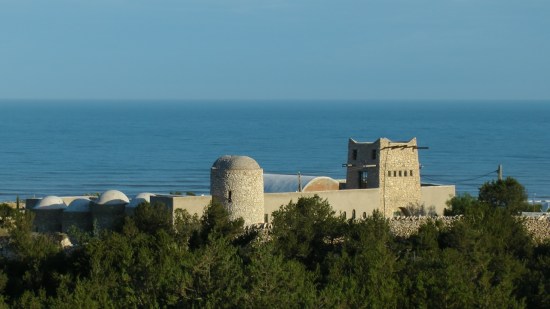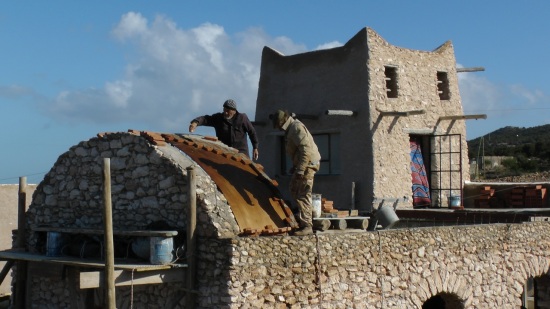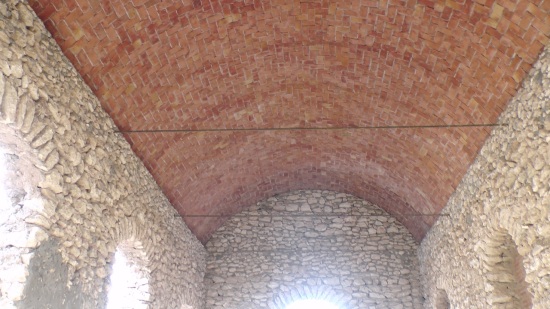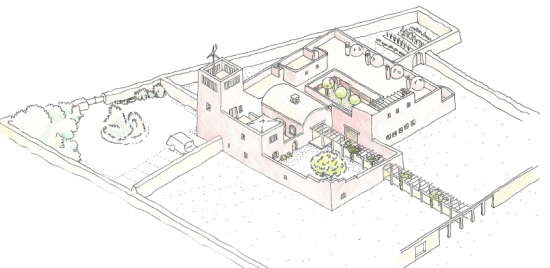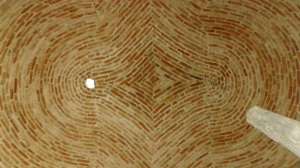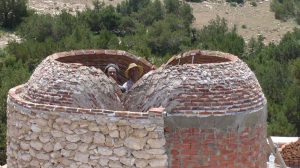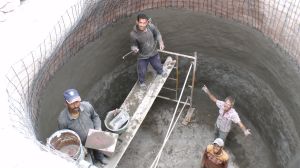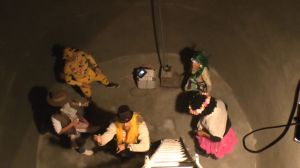Embodied Energy
Okay, for the third time I’ve been criticized for my ‘environmentally toxic’ choice of vehicle. “How can you call yourself a ‘permaculturalist’ and justify driving a vehicle that wouldn’t be allowed into London because of its high emissions?” The first antagonist asked, waving his hand dismissively at my latest vehicle, a 1982 Bavarian fire engine.
That’s the gist of all three accusations: that I should be driving the latest and cleanest. Before buying this monster I had already given the subject some thought, of course. For a start, it’s a thirsty beast – 18mpg or 15L/100km – and I’m not the wealthiest. Plus, the engine is a 1960s design, so it does indeed cough out quite a bit more particulate matter and CO2 than most things around these days. But the fact is, I didn’t buy it for its efficiency. I bought it because (1) it could have been tailor-made for my family’s needs, (2) it was ridiculously cheap, (3) it’s old so I can fix it myself, and (4) it’s ferkin’ cool. It ticked four out of five boxes. But none of that really answered the accusation.
“Erm….,” I stammered, caught off guard, “It’s a working truck and I’m only going to do 10,000km a year in it. Anyway, it’s a recycling effort.”
I didn’t lose the argument but nor was I very convincing. So later I did some research into car and truck emissions, fuel consumption and the crux of the matter: embodied energy.
Embodied energy isn’t very often considered these days. It should be. Everything that we buy, from carrots to cars has, in its production, burned fossil fuels and caused a CO2 emission. That’s embodied energy. The car that first accuser had turned up in was a new Landrover Discovery. My discovery about his Discovery was that approximately 30 tonnes of CO2 had been emitted in its manufacture. Then, comparing his vehicle and mine, taking into account the extra grams of CO2 per km that my fire engine emits, I found that I could drive to Capetown and back six times before I’m even in the same ballpark. In other words, if I cover my usual 10,000kms a year it will take 12 years before my fire engine has even started to catch up with the shiny new Disco.
But, in fact, I never will never come close to matching his motoring emissions. As my truck just keeps on going while he replaces his car every 3-4 years because the ashtray is full or whatever, he will continue to fall so, so far behind me in Eco-credibility that I would have to slash and burn a chunk of the Amazon and there plant soy beans for him to have any hope at all of catching up. And none of this even takes into account his embodied energy emissions before now. I’ve never bought a new car in my life.
There, take that! Anyone else want to ‘dis’ my ride?


